On Saturday, the Fata Qaumi Jirga, a tribal council, orchestrated a fervent demonstration against FATA integration with KP. The demonstrators, equipped with banners and placards adorned with dissenting slogans, passionately voiced their opposition to the merger.
Khan’s Resolute Address: Grievances and Resistance
Bismillah Khan is serving as the president of the Fata Qaumi Jirga. He took center stage to articulate the group’s steadfast resistance to the merger. This is the stance they have maintained since the inception of the proposal.
Khan expressed a prevailing sentiment within the tribal community. He asserted that the government, under the guise of integration, had appropriated control over the valuable resources belonging to the tribal populace.
One of the key grievances highlighted during the protest was the objection to the imposition of a formal police force and the patwari system in their historically autonomous areas. Moreover, Khan conveyed that such structural changes were not aligned with the cultural and traditional norms of the tribal regions.
Calls for Reversal: Demands Echoed by Tribal Voices
In his address, Khan lamented that the assurances and promises made by the government to the tribal people in the wake of the merger had not been realized. He underscored the perceived losses incurred by the community as a direct consequence of the integration process. The protesters, in unison, echoed these sentiments, emphasizing the adverse impact of the merger on their way of life.
The demands articulated by the protesters went beyond a mere expression of discontent. They vehemently urged the government to reconsider the decision to merge FATA with KP. They were advocating for a restoration of the previous autonomous status of the tribal areas. Their plea rested on the belief that such a reversal would not only respect the cultural identity of the tribal regions but also address the alleged grievances and losses experienced by the local population.
The protest was more than a public demonstration against FATA integration. It served as a platform for the tribal community to voice their concerns on a broader scale. It became a symbolic representation of their resistance against what they perceived as an imposition detrimental to their historical autonomy and cultural integrity. As the tribal voices reverberated through the protest, the event underscored the complex dynamics surrounding governance, autonomy, and cultural identity in the context of regional administrative changes.

